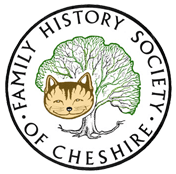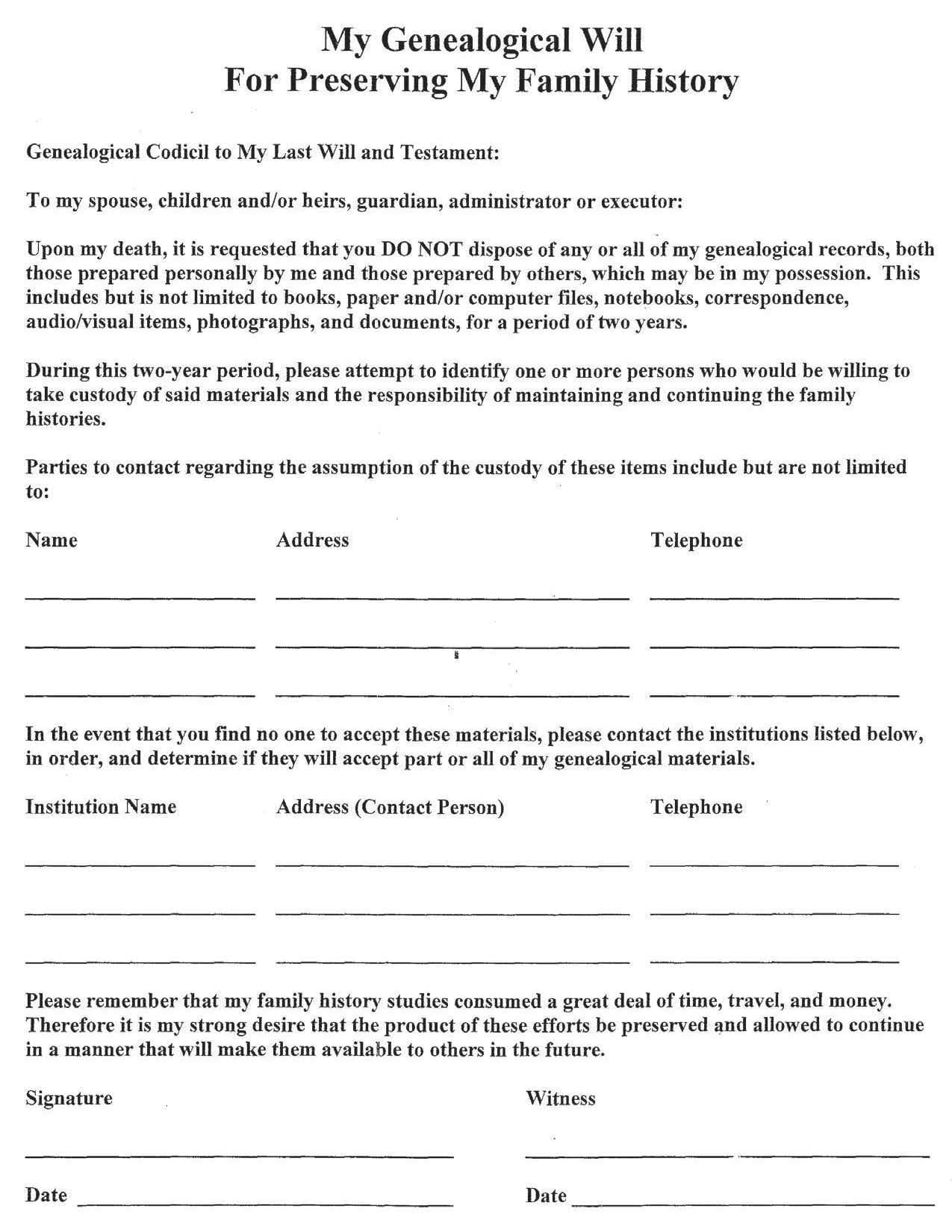 1921 CENSUS FACTS
1921 CENSUS FACTS 
1,095 females to 1,000 males - in 1921 there were 1,720,802 more females than males. In 1911: 1,179,275 more females than males. The 1921 census figure for males doesn’t include ‘members of the Army, Navy and Air Force and of the Mercantile Marine who were out of the country on the census night’.
The significance – the 1.8 million population increase during 1911-1921 was ‘numerically about one half of the increase in the preceding intercensal period; it is less than any corresponding figure since 1811 while proportionately it is far lower than any hitherto recorded’
£50,000 - The total cost of taking the 1921 Census, including staff and materials
£20,000 - The cost for the 1921 Census forms for England and Wales to be printed by the Government Stationery Office Press at Harrow, £16,300 were paper costs.(Costs were mentioned in a House of Commons debate, Hansard, 1 March 1921)
A 2 year prison sentence with hard labour was faced by any of the 38,000 enumerators of the 1921 Census should they divulge any of the confidential information that they acquired on the forms.
A £10 fine for everyone who failed to fill in/provide the details for the 1921 census form or who provide false information (this is an increase on the previous £5 fine for such form-filling malpractice on the 1911 Census)
A £2 fee was paid to each of the 38,000 enumerators, plus 4s for every 100 people enumerated and 6d for each mile over 5 miles that the enumerator has to travel on his beat.(Page 3, Dundee Evening Telegraph, 29 March 1921)
The 1921 Census enumerators had all to be appointed by 31 March 2021, and then had to master the 20 page rule book, before, from 11 April, starting to distribute the 11 million household census forms.(Page 3, Dundee Evening Telegraph, 29 March 1921)
HIS RETURN - The head of the household was thought and sought to be male - And suffragist loving housewives were to be ‘stifled’ according to a newspaper report in the Staffordshire Advertiser, which invited the enumerators to remember this.(Page 7, Staffordshire Advertiser, 26 March 1921)
St Marks Day - 25th April 1921 The day that the census enumerators were orginially due to return to collect the completed household census forms.
'Everyone will soon be in the Workhouse' - This phrase was jokingly bandied about at the time of the 1921 Census, as the Ministry of Health had rented Lambeth Workhouse from the Board of Guardians and was using the Workhouse as it’s HQ to organize the completed householder schedules… thus everyone’s name would be in the workhouse
Lodgers were deemed to be a separate household, therefore needing their own census form. Boarders, however, would have their details entered alongside that of the rest of the household.(Presumably this means that we should also search the 1921 Census by address to ensure that we have found everyone enumerated in a household – otherwise the fact that our family had a lodger may elude us?)
If you have an ancestor who died between 25 April 1921 and 20 June 1921 you will be frustrated that the postponement of the census of England and Wales means that you will not find them enumerated. But, if you have an ancestor who was born in England and Wales between these dates, you will be happily able to search for them – as they will be included, whereas if the postponement hadn’t gone ahead, they wouldn’t have been.
The census was due to have been taken in England, Wales, Scotland and Ireland on 24 April 1921. For the first time in the history of the census it was postponed, however. It was deemed too costly to print new forms, so the paperwork was retained and used when the census was taken in June. The unprecedented postponement was caused by, the coal miners’ strike, and the threat of strike action by the railway and transport workers. In the afternoon of 14 April 1921 Sir Alfred Mond announced the postponement of the census in the House of Commons. The events surrounding the Irish War of Independence had meant that the planned 1921 Census for Ireland had already been shelved on 1 April.
Edith Abbot’s article, ‘The English Census of 1921’ was published in Journal of Political Economy by Chicago University Press (December 1922, vol 30, issue 6).Today it’s a 15 page pdf free to download
The question on the 1921 Census forms surrounding the number of living rooms was an attempt to get a handle on the living conditions of the population at the time.For detailed stats about living conditions and numbers of living rooms see  https://www.visionofbritain.org.uk/census/EW1921GEN/4
https://www.visionofbritain.org.uk/census/EW1921GEN/4
The questions on the 1921 Census surrounding place of work and employer were to ascertain how far people may have to travel to work, and the likely implications for the transport network.
While not providing a precise date of birth, like the 1939 Register, the 1921 Census will go one step closer to providing detailed leads for those seeking their ancestors’ birth details as ages will be given in years and months (not just years as previously).
The question as to ex-soldiers being employed as enumerators raged on in the months leading up to the census.There were many soldiers out of work, but the argument against employing them was that the role of enumerator was just a temporary position so may preclude them from obtaining work (people accepted as enumerators, but who went back on this acceptance, were fined heavily for doing so).
4.14 people per family - This was the size of the average family in 1921, a 5% drop from the 1911 Census (which recorded an average of 4.36 persons), and the average number of occupied rooms per person was 1.06 rooms.Note that these figures are for ‘private families’. When it comes to people living in ‘room accommodation’, however, then 54.5% of people living in room accommodation had an average density of 1 to 2 people per room: https://www.visionofbritain.org.uk/census/EW1921GEN/4
https://www.visionofbritain.org.uk/census/EW1921GEN/4













